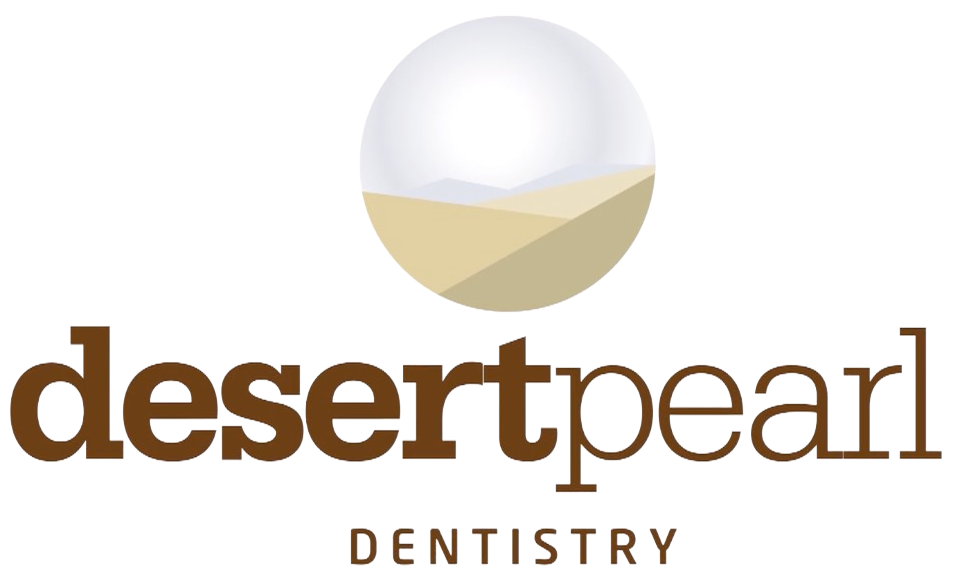Concern over our appearance is a common human trait that has been with us for time out of mind. When we gaze in the mirror while brushing, we may notice a tooth that seems out of place. Maybe we feel our gums are more prominent than they should be, or our teeth are misshapen. This experience is so common that surveys showed that 80% of those participating were unhappy with the state of their teeth. Of this number, 28% are careful not to reveal their teeth on social media or in photos. Further, 42% of them rate their smile as the number one thing they’d change if they could. This pervasive insecurity in our smiles has led to the development of “emotional dentistry.”
How Emotional Dentistry Is Implemented in Dental Care
While patients generally won’t use the term emotional dentistry, they recognize it when they receive it. Emotional dentistry involves your dentist is aware of the impact our smile can have on our self-esteem. They take our aesthetic concerns seriously and consider them when considering how to proceed with treatment. A poor relationship with our smile can have numerous influences on our day-to-day lives, including:
- Self-Consciousness: Smiling is an important part of our social interactions. Hiding your smile when around others can make us seem serious, aloof, or unpleasant. This can impact your social experiences, your career advancement, and romantic encounters.
- Our Mental Health: Smiling can influence our mental health by producing serotonin. We produce serotonin when we smile, even if it’s a faked or forced smile. Those seeing others smiling are inclined to respond in kind and experience a boost in serotonin whether they do or not. As a result, smiling can boost our mood. If you frequently avoid smiling, you may experience depression, anxiety, etc.
One tool that’s used in promoting emotional dentistry is digital smile design. This process, called DSD for short, can help provide patients with well-founded hope. DSD is used to demonstrate the potential outcome of dental procedures. They can show how restoration can make our smile look or the potential effect of dental whitening on our smile.
This allows dentists and patients to more clearly discuss their concerns and how specific treatments can help achieve them. Difficulty communicating these concepts has been a central stumbling point in treatment planning. DSD has helped to bridge the gap between what patients and dentists say and what they mean during consultation.
Creating The Foundations Of A Beautiful Smile
Numerous elements go into what makes a smile beautiful. One of the most fundamental is a sense of confidence in our smile. However, this confidence can be challenging to achieve if we have imperfections in our smiles we’re self-conscious about. Biologically, we’re keyed to recognize symmetry as an important part of what makes something beautiful. This means gapping, misalignment, discoloration, and missing teeth can all impact the perceived beauty of our smile. Your dentist can provide a comprehensive plan to create the beautiful smile you crave.



